The Snake Plant (Sansevieria trifasciata), also known as Mother-in-Law’s Tongue, is one of the most resilient and stylish indoor plants you can own. With its tall, sword-like leaves and striking patterns, it adds a modern touch to any space while purifying the air. Many people choose the Snake Plant because it’s low-maintenance, yet there’s a difference between simply keeping it alive and helping it truly thrive all year. By understanding its needs and avoiding common mistakes, you can enjoy lush, vibrant growth and long-lasting health. Here’s your complete guide to keeping your Snake Plant in peak condition.
1. Choosing the Right Location
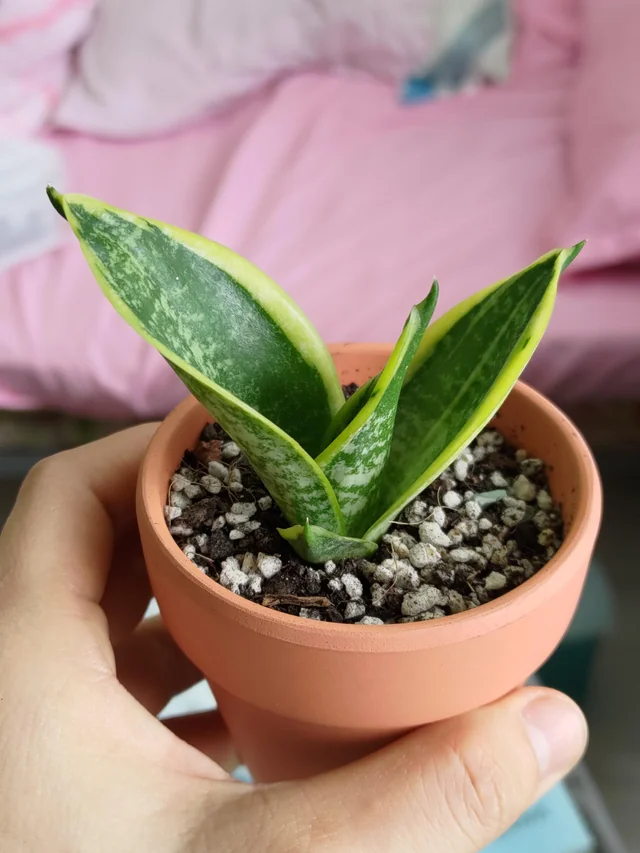
Snake Plants are adaptable, but their growth will be more vigorous in the right environment. They tolerate low light, making them perfect for bedrooms or offices, but they truly thrive in bright, indirect light. Too much direct sunlight can scorch their leaves, while too little light will slow their growth significantly.
Best practice:
- Place near a window with filtered sunlight, such as an east-facing or south-facing window with sheer curtains.
- Rotate the pot every month so all sides receive equal light, preventing uneven growth.
- Avoid placing it in dark corners for extended periods if you want faster growth.
2. Mastering the Watering Schedule
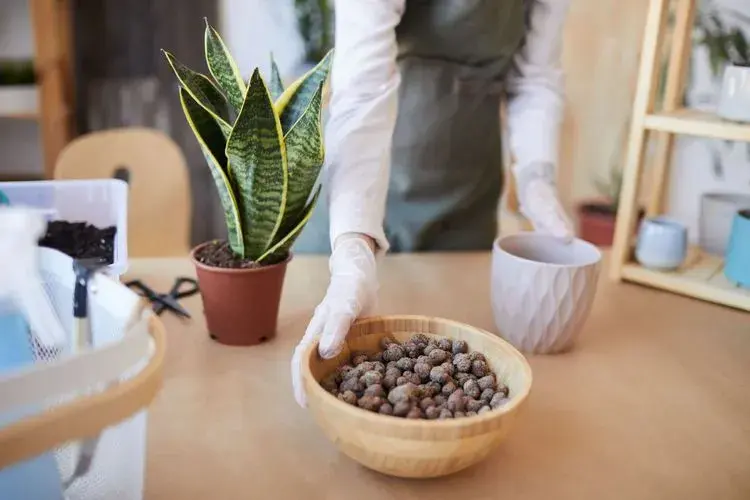
Overwatering is the number one killer of Snake Plants. These plants store water in their thick leaves, so they are highly drought-tolerant. A constantly wet soil environment leads to root rot, which is almost always fatal.
Watering tips:
- Let the soil dry out completely between waterings.
- In spring and summer, water approximately every 2–4 weeks, depending on humidity and temperature.
- In fall and winter, cut back to once every 4–6 weeks, as the plant’s growth slows down.
- Always check the soil with your finger before watering—if the top 2–3 inches are dry, it’s time to water.
- Use a pot with drainage holes to prevent excess moisture from lingering at the roots.
3. Choosing the Right Soil
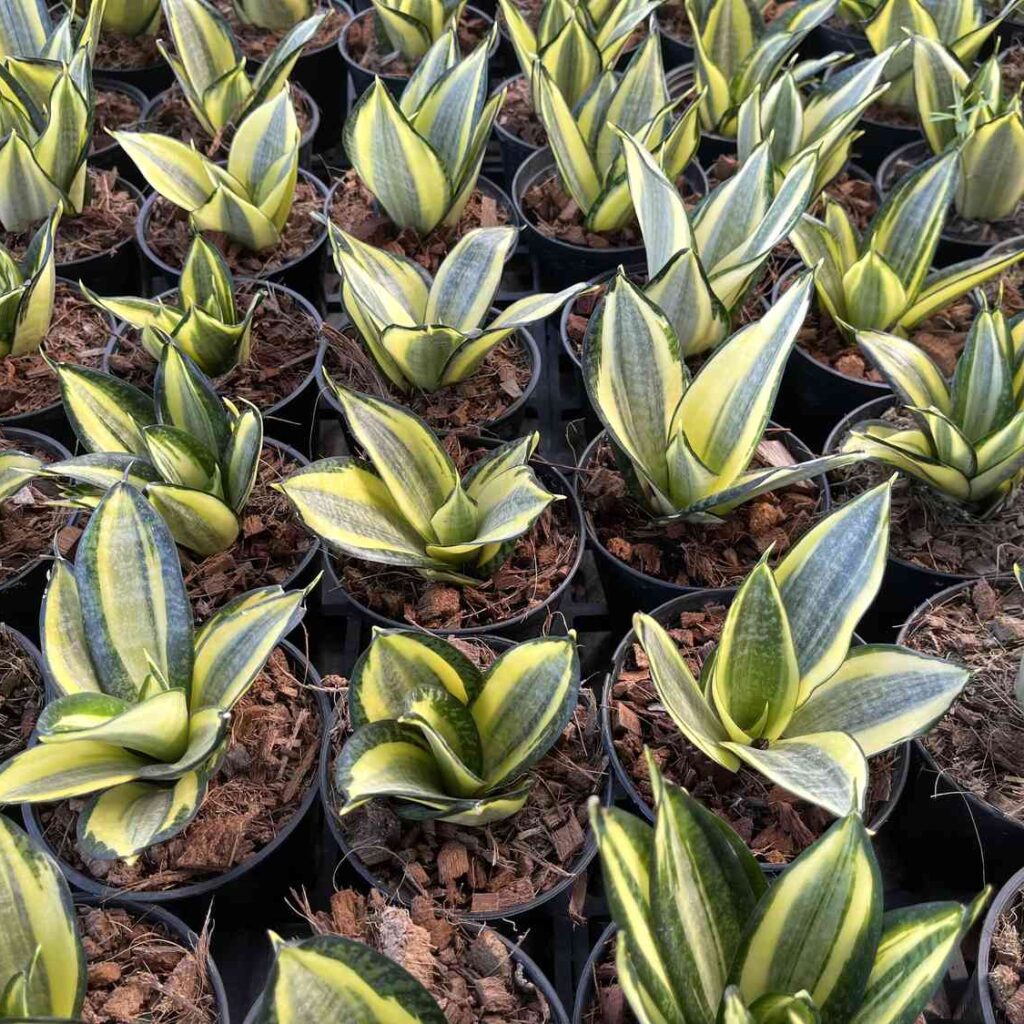
Snake Plants need a well-draining soil mix to stay healthy. Using heavy, water-retentive soil will trap moisture around the roots and cause problems.
Ideal soil mix:
- A cactus or succulent potting mix works perfectly.
- You can make your own by mixing:
- 2 parts regular potting soil
- 1 part coarse sand or perlite
- 1 part orchid bark or pumice for extra aeration
This combination ensures proper drainage while still holding enough nutrients for healthy growth.
4. Pot Selection and Repotting
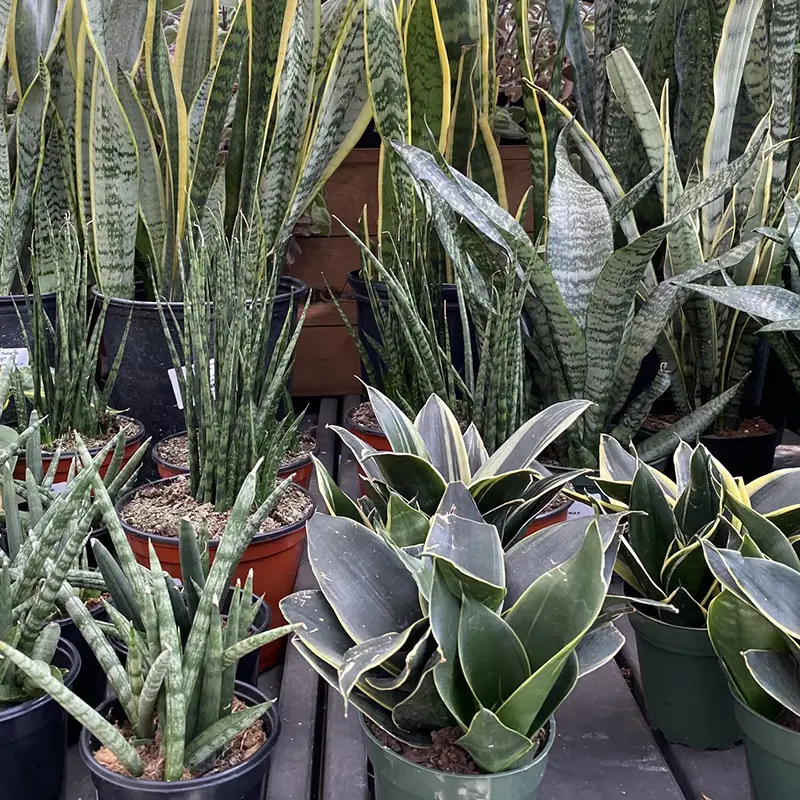
The right pot is crucial for a thriving Snake Plant. Choose a terracotta or clay pot with drainage holes—these materials allow excess moisture to evaporate faster than plastic pots.
Repotting guidelines:
- Snake Plants grow slowly, so they only need repotting every 2–3 years or when roots are visibly crowded.
- The best time to repot is in spring, when the plant is entering its active growth phase.
- Move to a pot only 1–2 inches larger in diameter than the previous one—too much extra soil can hold excess moisture.
5. Fertilizing for Strong Growth
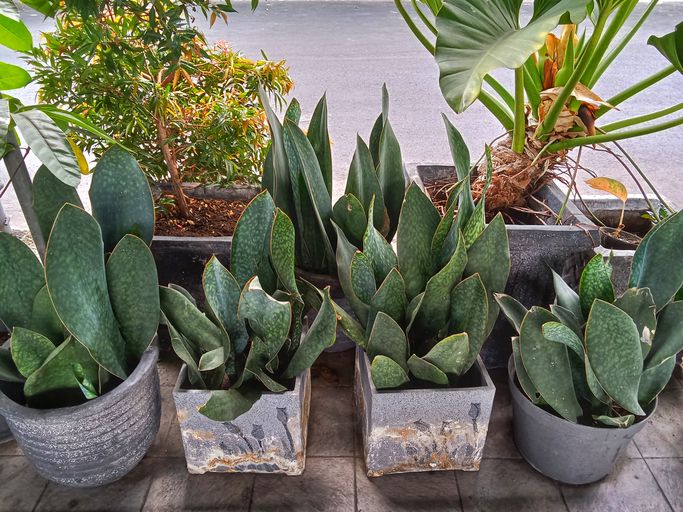
While Snake Plants can survive with minimal feeding, regular fertilization during the growing season will help them flourish.
Fertilizing tips:
- Use a balanced, liquid houseplant fertilizer diluted to half strength.
- Feed once a month during spring and summer.
- Avoid fertilizing in fall and winter, as the plant enters a rest period.
- Don’t over-fertilize—too much can burn the roots and damage the leaves.
6. Managing Temperature and Humidity
Snake Plants are tropical in origin but can adapt to a wide range of indoor conditions.
Ideal environment:
- Temperature range: 60–85°F (15–29°C)
- Avoid cold drafts or temperatures below 50°F (10°C), as prolonged exposure can damage the leaves.
- They handle average household humidity well, so you don’t need special humidifiers.
7. Cleaning and Leaf Maintenance
Dust can build up on Snake Plant leaves, blocking sunlight and reducing their ability to photosynthesize.
Cleaning tips:
- Wipe the leaves gently with a damp cloth every month to keep them clean and glossy.
- Check for pests like spider mites or mealybugs—though rare, they can hide on the undersides of leaves.
- Remove any damaged or yellowing leaves by cutting them at the soil level with clean, sharp scissors.
8. Propagation for More Plants
One of the joys of owning a Snake Plant is that it’s easy to propagate and share with friends.
Two common propagation methods:
- Division: When repotting, gently separate the root clumps and replant them in individual pots.
- Leaf Cuttings: Cut a healthy leaf into sections (3–4 inches each), let them callus for a day, and then plant in well-draining soil. New shoots will emerge from the base over time.
9. Seasonal Care Adjustments
Spring & Summer:
- Growth is more active, so water slightly more often and fertilize monthly.
- You can move the plant outdoors to a shaded patio for extra light and airflow.
Fall & Winter:
- Reduce watering drastically to avoid root rot.
- Stop fertilizing until spring.
- Keep away from cold windows or heaters that can cause leaf damage.
10. Common Problems and How to Fix Them
Yellowing Leaves: Usually caused by overwatering—check roots for rot and adjust watering habits.
Brown Leaf Tips: Can be from underwatering, low humidity, or exposure to drafts. Trim the brown tips and improve conditions.
Wrinkled or Drooping Leaves: Often a sign of underwatering—give a thorough soak and adjust your schedule.
Mushy Base: Indicates root rot—remove affected parts and replant healthy sections in fresh soil.
11. Benefits Beyond Beauty
Keeping your Snake Plant healthy is not just about aesthetics—it’s about wellness too. Studies by NASA show Snake Plants can filter harmful toxins like benzene, formaldehyde, and trichloroethylene from the air. They also release oxygen at night, making them ideal for bedrooms. With the right care, you’re not only growing a stunning plant but also improving your indoor air quality and creating a more calming environment.
Conclusion
The Snake Plant’s beauty lies in its simplicity—both in appearance and in care needs. By mastering a few key aspects—light, watering, soil, and seasonal adjustments—you can keep it thriving all year long. Whether you’re a busy professional, a beginner plant owner, or an experienced gardener, this plant rewards you with striking foliage, minimal fuss, and even health benefits. With the tips above, your Snake Plant will stand tall, vibrant, and full of life for many years to come.
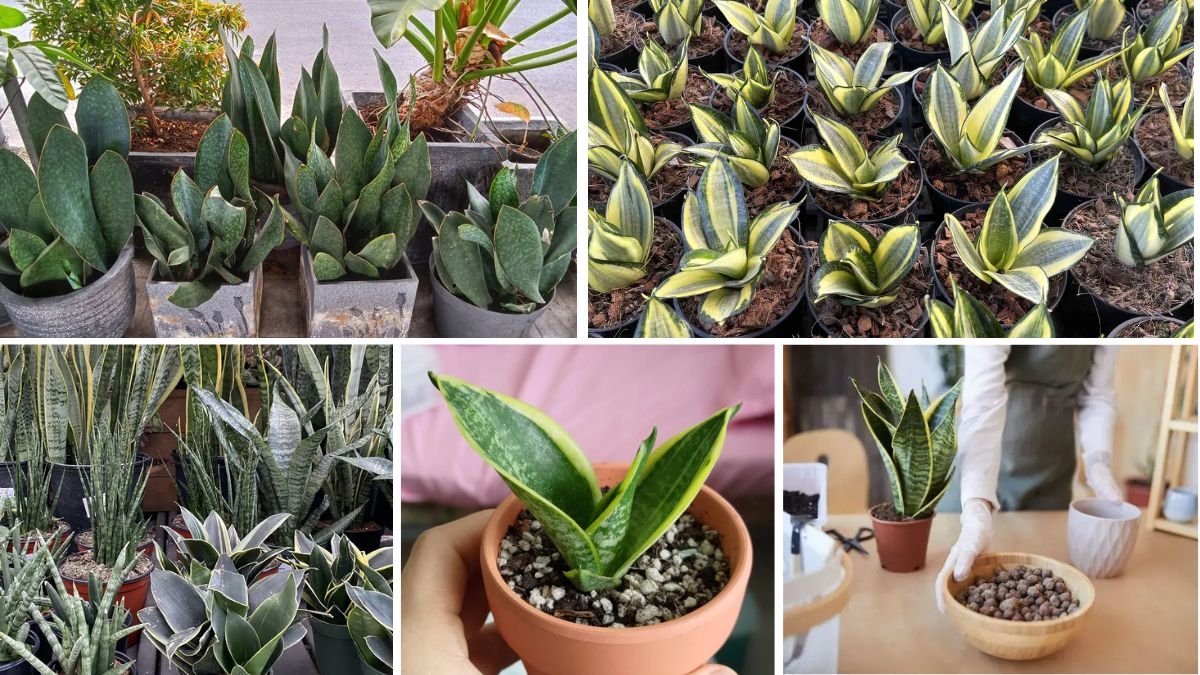



Leave A Comment